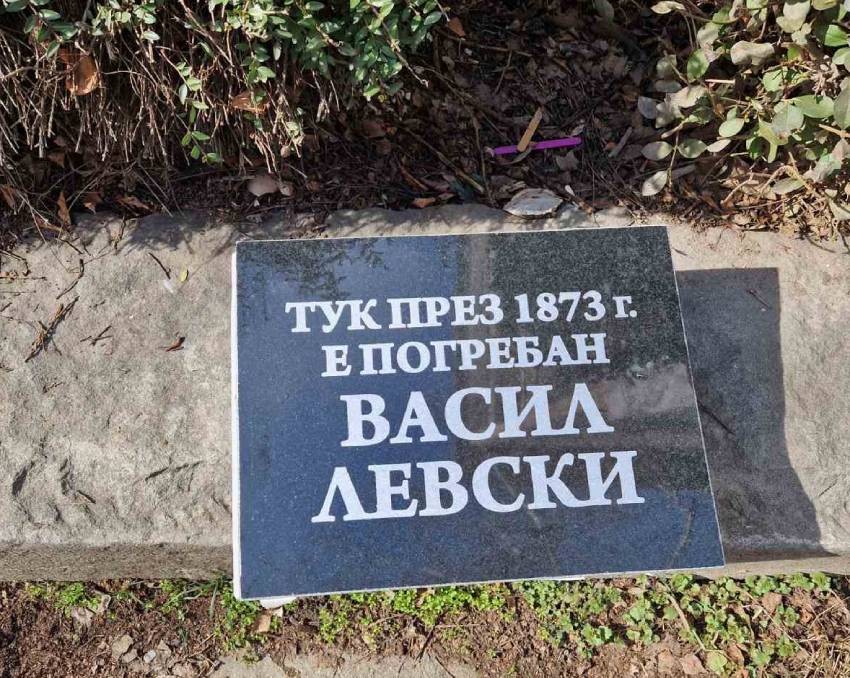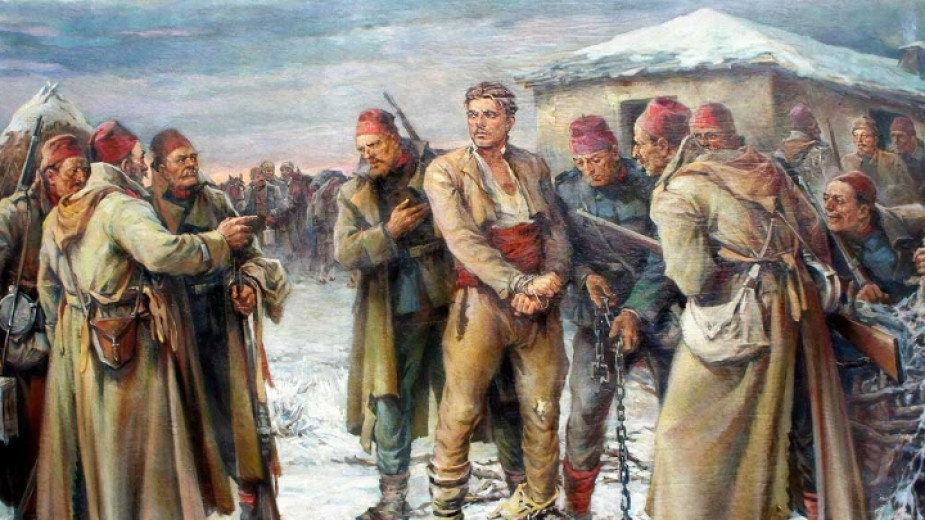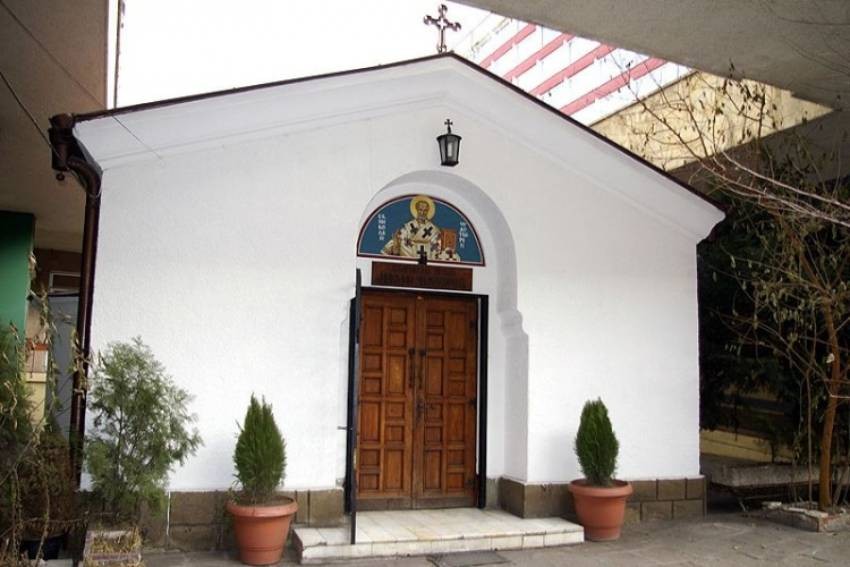150 years after the hanging of Vasil Levski, a commemorative plaque made by sculptor Ivan Sirakov from Veliko Tarnovo will be solemnly unveiled in the center of Sofia. It is expected to put an end to the unknowns regarding the eternal home of the Apostle of Freedom. After years of researching the memoirs of witnesses and the archives of the National Museum of Military History, historian Nikolay Ivanov came to the conclusion that the Deacon's grave is located next to the building of the Ministry of Agriculture on Damyan Gruev Street No. 6. The place has been determined with the help of complex modern methods of measurement and comparison of historical data, hand sketches of the site from 1894 and today's plans of Sofia.

The search for the remains of Vasil Levski started after the Liberation in 1878, but without success. Historians, archaeologists and even clairvoyants argued about the place of the grave, but it is still not known exactly where Bulgaria’s most prominent freedom fighter was laid to rest. However, various theories exist.

The hanging
It is known from the biographies about Levski that his body was taken down from the gallows (then in the outskirts of the city, and today in the center of Sofia) and thrown into a shallow pit not far from the place. However, the pit was found empty the next day.

"Graveyard of Infamy"
One of the most common versions states that Vasil Levski was laid to rest in the so-called "graveyard of infamy", where executed criminals were buried (today - the garden in front of the Sofia High School of Mathematics), and later transferred to another place. But many researchers, including historian Nikolay Ivanov, believe that this theory is not supported by scientific evidence:
“Saint Petka Samardzhiyska” Church
According to some reports, Levski's body was secretly reburied "to the left of the altar" in the ancient church situated in the heart of the city. This information started circulating as early as 1937, but archaeological works started in 1956. At the indicated place in the 11th-century church, a skeleton of a man was found, placed in a burial pit without a coffin. However, Bulgarian archaeologists believe that the discovered skeleton belonged to a Byzantine. The bones were described and taken somewhere, which does not allow DNA analysis to be made. In 1986, the Bulgarian Academy of Sciences decided to place a memorial plaque next to the church, but then changed its position. On February 19, 2012, the plaque was restored.
Clairvoyant mystic Baba Vanga
It is said that the late blind clairvoyant Baba Vanga once said that the bones of Vasil Levski were located under the Church of St. Nicholas Mirlikliyski the Wonderworker downtown Sofia. According to historians, the church functioned during the Ottoman rule and was not far away from the site of the gallows. Inquiries have been made over the years to scan the temple, but no permission has been granted so far.

Nikolay Ivanov's theory
Being a spiritual person, Vasil Levski was buried by two priests in the old Christian cemetery in the outskirts of Sofia, next to the chapel located there. In August 1937, excavations found the foundations of the chapel and more than 30 graves, one of which contained a skeleton and two skulls. It is known that the severed head of revolutionary Georgi Benkovski was also laid in Levski's grave. The bones were handed over for research, but the building in which they were located was destroyed during the bombing on Sofia in World War II. The historian is convinced that small bones remained in the ground, which would confirm the true place of the grave of the Apostle.
"This is a turning point in historical research about Vasil Levski,” Nikolay Ivanov says. “We are restoring the historical truth after 150 years. Levski's grave will be fenced off and will no longer be desecrated.”
English: Al. Markov
Photos: library, BGNES
The publication has been realized under a project implemented with the financial support of the Bulgarian Ministry of Culture, within the framework of the National Program for Commemoration of 150 Years since the Death of Vasil Levski.
They call Nikopol “the town of ages” because its history goes back thousands of years. It was founded as a settlement in the year 169 during the reign of Roman Emperor Marcus Aurelius. In 629, theByzantine Emperor renamed the town to Nicopolis, meaning..
There are rumours and speculations that some forgeries, so good that they are not inferior to the originals, could be found among the exhibits in the museums, but at the moment a whole series of forgeries can be seen at an exhibition..
A unique statue from the Roman period of Odessos, preliminarily dated to the late 2nd to the first half of the 3rd century, has been discovered during excavation works near the train station in Varna, said archaeologists from the Varna Regional..
On November 24, the Bulgarian Orthodox Church honors St. Catherine (Sveta Ekaterina in Bulgarian) , who was one of the most educated women of her time...
On November 25, the Bulgarian Orthodox Church honours the memory of St. Clement of Ohrid – a distinguished archbishop, teacher and scholar. He was among..

+359 2 9336 661
